Name Don Catlin | Role Scientist | |
 | ||
Dr don catlin discusses trt on axs tv s inside mma
Don H. Catlin (born June 4, 1938) is an anti-doping scientist and one of the founders of modern drug-testing in sport.
Contents
- Dr don catlin discusses trt on axs tv s inside mma
- Dr don catlin calls for promotions to take control of drug testing on inside mma
- Career
- Major Discoveries
- Personal life
- References
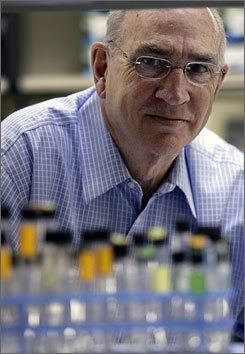
Dr don catlin calls for promotions to take control of drug testing on inside mma
Career
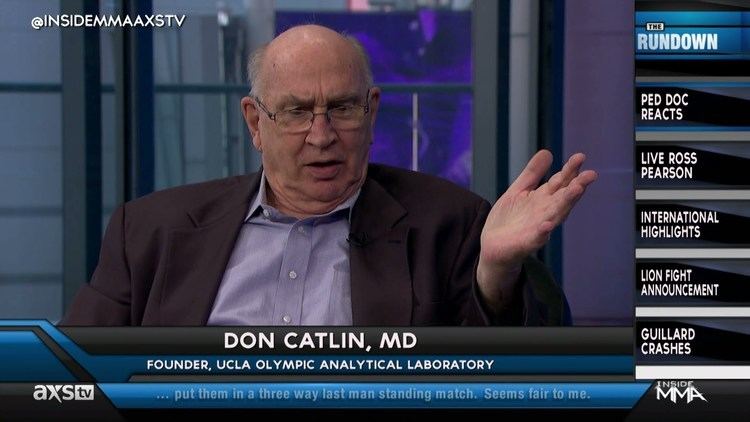
Catlin has overseen testing for performance-enhancing drugs at the three most recent Olympics held in the United States since the 1984 Summer Games in Los Angeles, as well as testing for the United States Olympic Committee, the National Collegiate Athletic Association (NCAA), Major League Baseball’s minor leagues and the National Football League (NFL). He has also developed drug identification techniques currently in use at the Olympic, professional and collegiate levels.
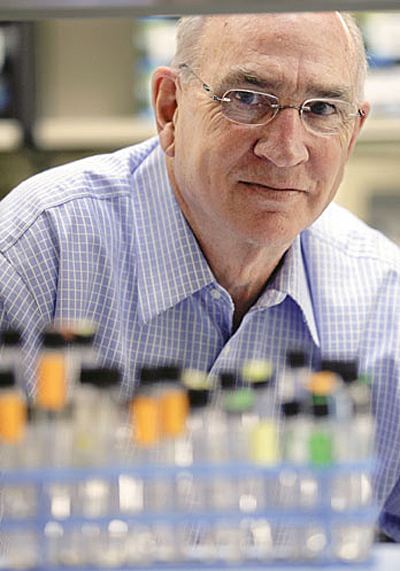
In 1982, Catlin founded the UCLA Olympic Analytical Laboratory, the first anti-doping lab in the United States and now the world's largest testing facility of performance-enhancing drugs. He remained the lab's director for 25 years.
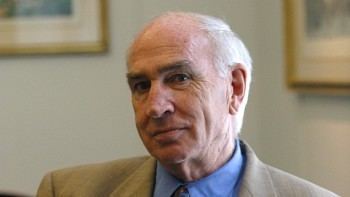
Catlin currently serves as president and CEO of the Los Angeles-based NGO Anti-Doping Research, Inc. (ADR). The organization was founded in 2005 to bolster efforts to uncover new drugs being used illegally by competitors and develop the tests to detect them. It also advocates for and establishes programs to encourage athletes at all levels not to use performance-enhancing drugs.
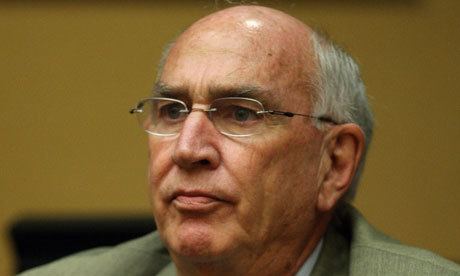
In addition, he heads the companies Anti-Doping Sciences Institute (ADSI) and Banned Substances Control Group (BSCG).
In a peer-reviewed article in the August 2009 issue of the quarterly scientific journal, Comparative Exercise Physiology, Catlin and his colleagues at ADR report that they developed an equine test for powerful blood-boosting drug CERA. ADR is currently working to develop an effective urine test to detect human growth hormone (hGH) — one of the most sought-after tests by sports leagues worldwide. (See Mitchell Report (baseball).)
Catlin is Professor Emeritus of Molecular and Medical Pharmacology at the UCLA David Geffen School of Medicine. He also serves as chairman of the Equine Drug Research Institute’s Scientific Advisory Committee and as a member of the Federation Equestre Internationale Commission on Equine Anti-Doping & Medication. Since 1988, he has been a member of the International Olympic Committee Medical Commission.
The Chicago Tribune named Catlin Sportsman of the Year for 2002.
Major Discoveries
Personal life
His wife, Bernadette, a French-Belgian nurse he met at UCLA, died of melanoma in 1989. He has two sons: Bryce Catlin, a software engineer who is married and living in the Bay Area in California, and Oliver Catlin, Vice President and CFO of Anti-Doping Research in Los Angeles.
